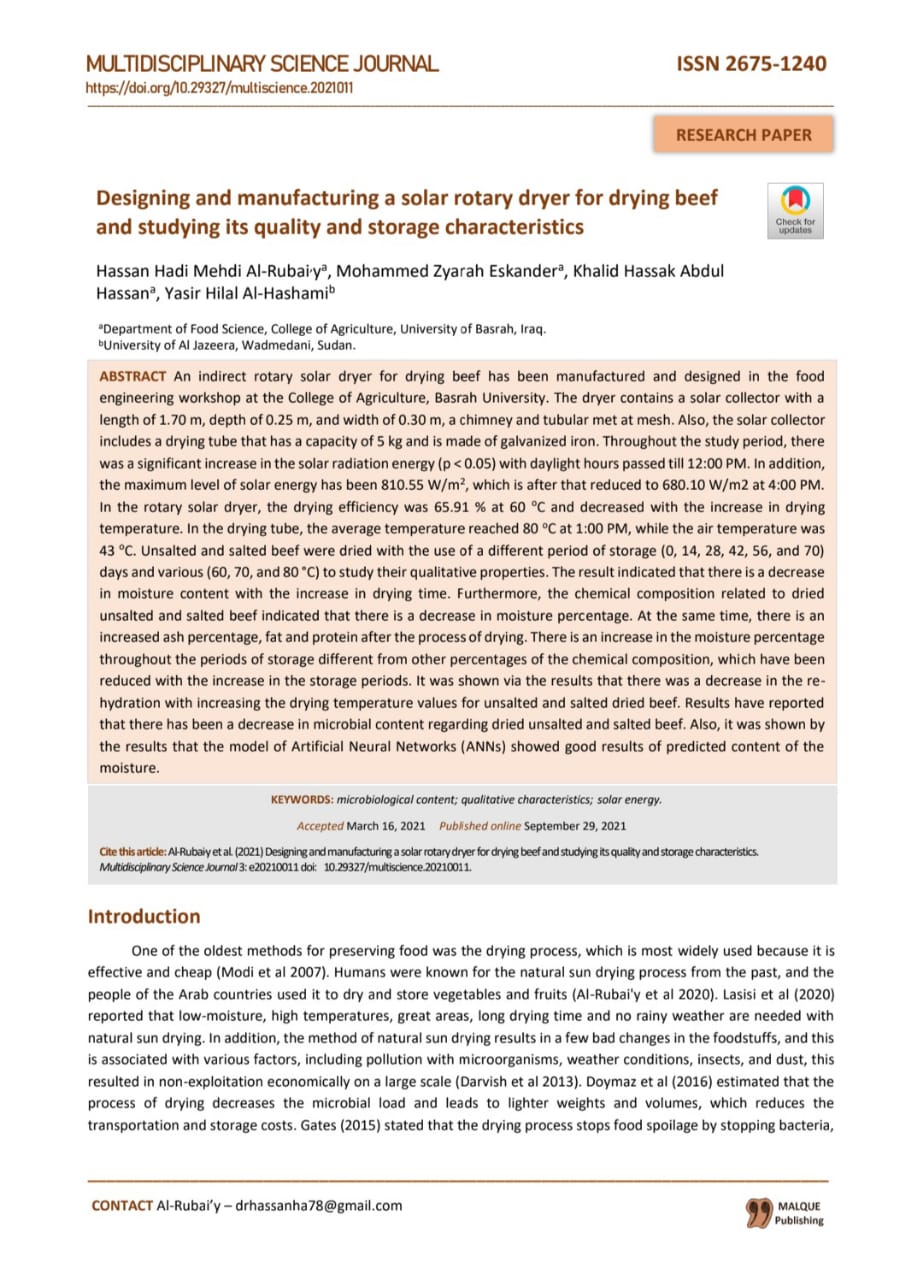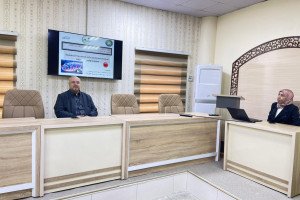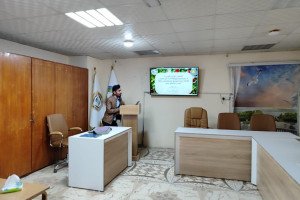
A scientific study at the University of Basra prepared by the two teachers in the Department of Food Sciences - College of Agriculture - University of Basra (Dr. Hassan Hadi Mahdi Al-Rubaie, Prof. Muhammad Ziyarah Iskandar and Prof. Khaled Hasak Abdul Hassan) in cooperation with the teaching Yasser Hilal Al-Hashimi At the University of Gezira / Republic of Sudan Under the title: Designing and manufacturing a solar rotary dryer for drying beef and studying its quality and storage characteristics The study, published in the Brazilian Multidisciplinary Science Journal, demonstrated the design and manufacture of an indirect solar rotary dryer for drying beef that can be used in many food industries, especially baby food, as well as the possibility of preserving the meat for long periods without spoilage. The dryer has a solar collector of 1.70 m in length, 0.25 m in depth and 0.30 m in width. The solar collector includes a 5 kg drying tube of 1.60 m in length and is made of galvanized iron. throughout the study period. Salted and unsalted beef were dried using (60, 70, 80°C) and different storage periods (0, 14, 28, 42, 56, 70) days were used to study the qualitative characteristics of the produced meat. The results showed a significant increase in solar radiation energy (p < 0.05) with the passage of daylight hours until 12:00 pm. The maximum solar energy level was 810.55 W/m2 which was then reduced to 680.10 W/m2 at 4:00 pm. With the age of daylight hours, the drying efficiency was 65.91% at 60°C in the rotary solar dryer and decreases with increasing drying temperature. The average temperature in the drying tube was 80°C at 1:00 PM, while the air temperature was 43°C. The results also showed a decrease in moisture content with increasing drying time. Moreover, the chemical composition of salted and unsalted dried beef showed a decrease in moisture, while the percentage of ash, fat and protein increased at the same time after the drying process. The results also showed that there is an increase in the percentage of moisture during storage periods at the expense of a decrease in other chemical composition ratios. It was found through the results that there is a decrease in the percentage of moisture recovered with increasing values of drying temperature for dried unsalted beef. The results showed that there was a decrease in the microbial content with regard to dried, unsalted and salted beef. https://malque.pub/ojs/index.php/msj/article/view/148








